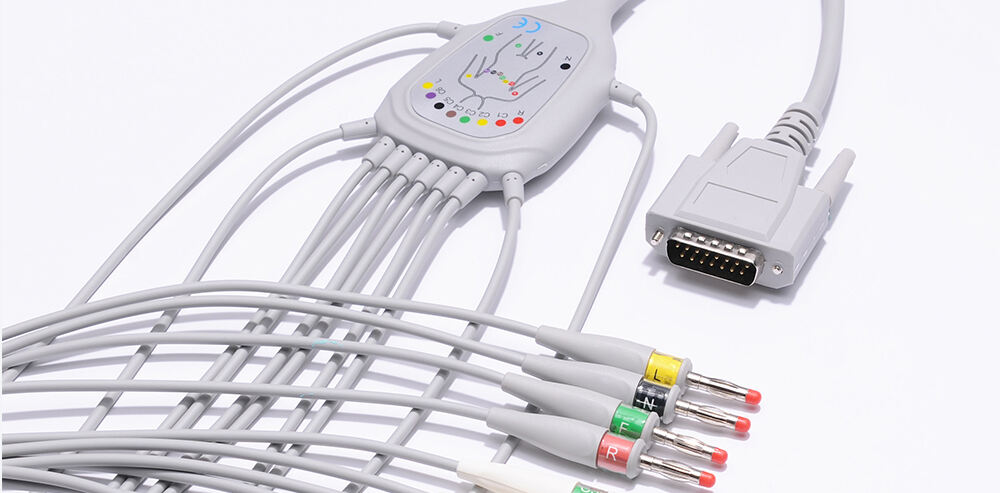Actualités
Trois indices majeurs fluctuent à la baisse, les équipements médicaux rebondissent
Ces dernières années, avec l'avancement technologique des entreprises de dispositifs médicaux de mon pays et la maturité de la chaîne industrielle de soutien, ainsi que la promotion de politiques nationales telles que la réforme médicale, le diagnostic et le traitement gradués, et le soutien aux équipements nationaux, l'industrie des dispositifs médicaux de mon pays devrait ouvrir La substitution des importations est le thème principal du développement des équipements au cours des dix prochaines années. En regardant en arrière sur l'expérience réussie dans la subdivision de la substitution des importations, mon pays réalisera la substitution des importations dans plus de domaines dans les cinq à dix prochaines années.
La recherche de l'expérience réussie dans le domaine de la substitution des importations
À l'heure actuelle, le matériel médical national a progressivement franchi un certain nombre d'obstacles techniques et a essentiellement remplacée les importations (la production nationale représentait plus de 50%). Les sous-divisions comprennent: 1) les stents cardiovasculaires, les occlusseurs cardiaques et les consommables implantables artificiels. Traumatismes et produits de la colonne vertébrale dans les méninges, les implants orthopédiques, etc.; 2) moniteurs, DR, etc. dans les équipements médicaux de grande et moyenne taille; 3) diagnostic biochimique dans le domaine du diagnostic in vitro; 4) générateurs d'oxygène dans les équipements
Nous pensons que la substitution des importations continuera d'être le thème principal du développement des dispositifs médicaux en Chine au cours des dix prochaines années, et que ce processus doit être accompagné d'innovation et de mise à niveau des technologies nationales. En retraçant l'expérience réussie dans le domaine de la substitution des importations, il a une grande importance pour l'orientation future des sous-domaines dans lesquels mon pays n'a pas atteint la substitution des importations.
Stents cardiovasculaires: remplacement complet des importations en quatre ans
Avant 2004, le marché national des stents coronariens était essentiellement dominé par les produits importés, et de nombreux géants multinationaux tels que Johnson & Johnson, Medtronic et Boston Scientific représentaient plus de 95% du marché. Après le lancement du premier stent coronarien éluteur de médicaments domestique de Minimally Invasive Medical en 2004 et du deuxième stent coronarien éluteur de médicaments domestique de Lepu Medical en 2005, les stents pharmaceutiques domestiques ont progressivement pris place sur le marché intérieur.
Selon les statistiques du comité professionnel des implants chirurgicaux de l'Association chinoise de l'industrie des dispositifs médicaux, la part de marché des stents domestiques a atteint 59%, 65% et 70% respectivement en 2006, 2007 et 2008, brisant complètement le monopole de l'industrie des stents médicamenteux par les entreprises En 2008, les six principales entreprises du marché national des stents coronaires étaient Minimally Invasive Medical, Lepu Medical, Shandong Jiwei, Johnson & Johnson, Boston et Medtronic, qui représentaient ensemble environ 93% de la part de marché, parmi lesquelles les fabricants nationaux sont de plus en plus en concurrence. En 2017, les marques nationales Lepu, MicroPort et Jiwei représentaient respectivement 24%, 23% et 20% du marché des stents cardiaques, soit 67% de la part de marché totale, tandis qu'Abbott, qui comptait la plus forte part des marques importées, ne comptait que 13%. Les marques nationales ont commencé à dominer le marché des stents cardiaques.

Les stents nationaux peuvent rapidement réaliser la substitution des importations dans un court laps de temps, principalement pour les raisons suivantes:
Excellente performance du produit
Les stents nationaux sont similaires aux produits étrangers en termes de sélection des médicaments et des transporteurs et de technologie de libération des médicaments; les technologies de processus telles que le polissage et le revêtement de médicaments sont proches ou même dépassent le niveau avancé international à certains égards; en termes de conception Des études cliniques ont confirmé que les stents coronariens nationaux et les stents importés présentent une sécurité et une efficacité similaires.
Les produits nationaux sont rentables
En termes de prix des produits, le prix unitaire des stents médicamenteux importés en 2008 était compris entre 159 000 et 19 300 RMB, tandis que le prix unitaire des stents nationaux de même qualité était compris entre 1,08 et 110 000 RMB. Les patients utilisant des produits nationaux peuvent économiser environ 1/3 du coût des produits étrangers équivalents. En ce qui concerne les frais de matériel médical, les produits nationaux présentent un avantage relativement important en termes de prix. Ces dernières années, l'augmentation des produits de stents cardiaques nationaux a forcé le prix du marché des stents cardiaques de marque importés à chuter de plus de la moitié.


